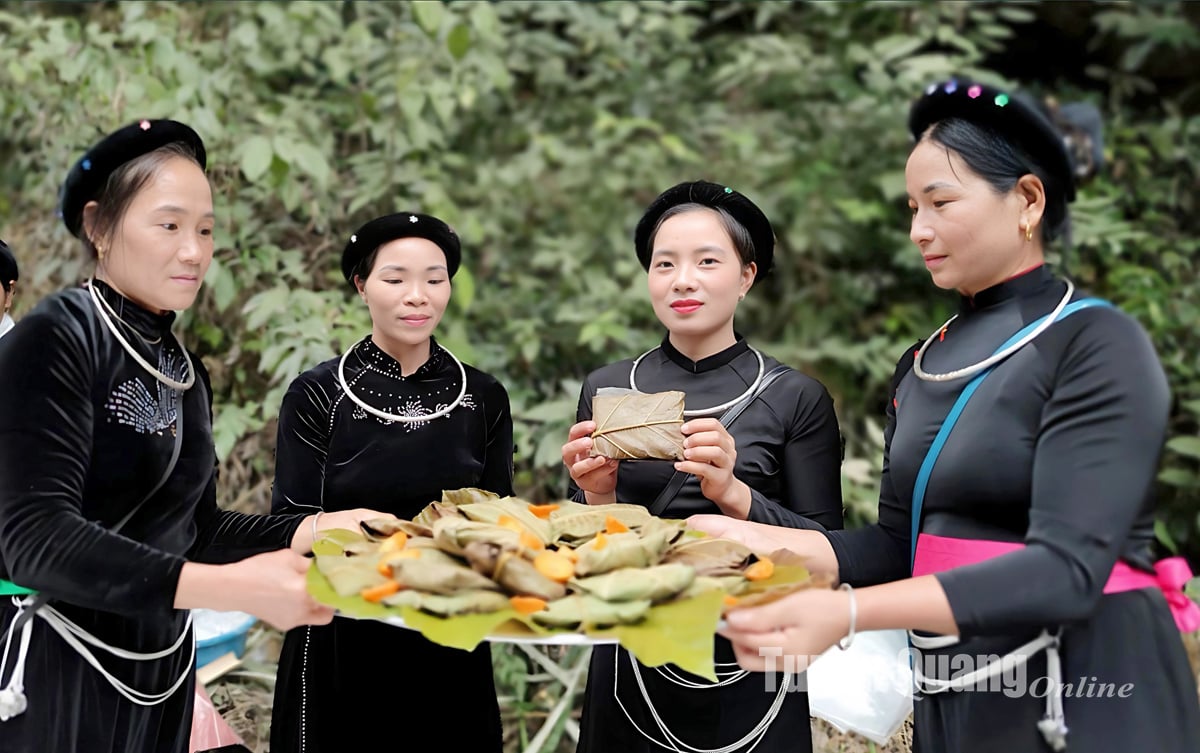
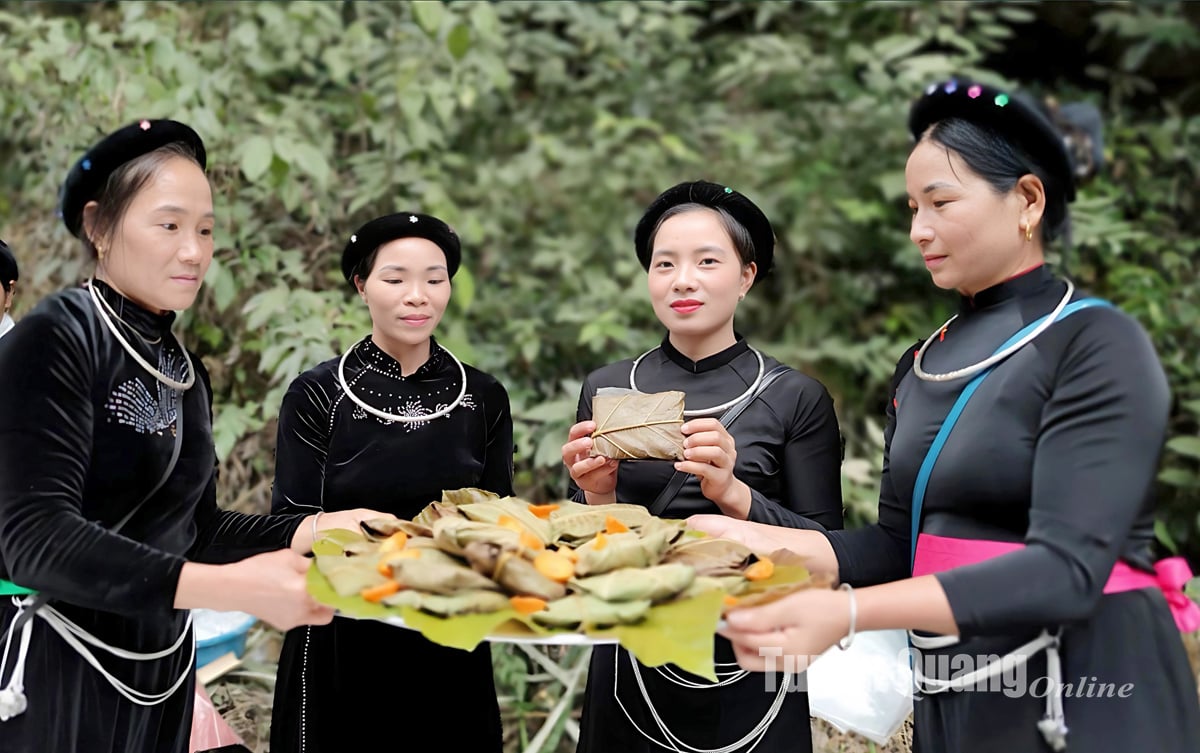
Traditional dishes
We went to Ban Thang village, Phuc Yen commune (Lam Binh) to visit a small village deep in the Pu Kha Hao mountain range during the ant egg season. The green, peaceful scenery with stilt houses of the Tay people appeared before our eyes when Chau Thi Tieu's family was busy preparing to make ant egg cakes.
Ms. Tieu, with her skillful hands, gently took handfuls of smooth white ant eggs, carefully sifted out the impurities and quickly performed the next steps. While making them, she shared with us: “My family makes this traditional cake every year. When I was a child, my parents made it for me to eat, and when I grew up, I learned how to make it myself and passed it on to my children and grandchildren.”
She added that on Qingming Festival, most families in the village make ant egg cakes to show their filial piety to their ancestors and pass on their beliefs to the younger generation. In the warm atmosphere of the house, everyone wraps the cakes together, the cheerful laughter mixed with the aroma of rice flour and ant eggs, making the atmosphere cozy and full of family affection.
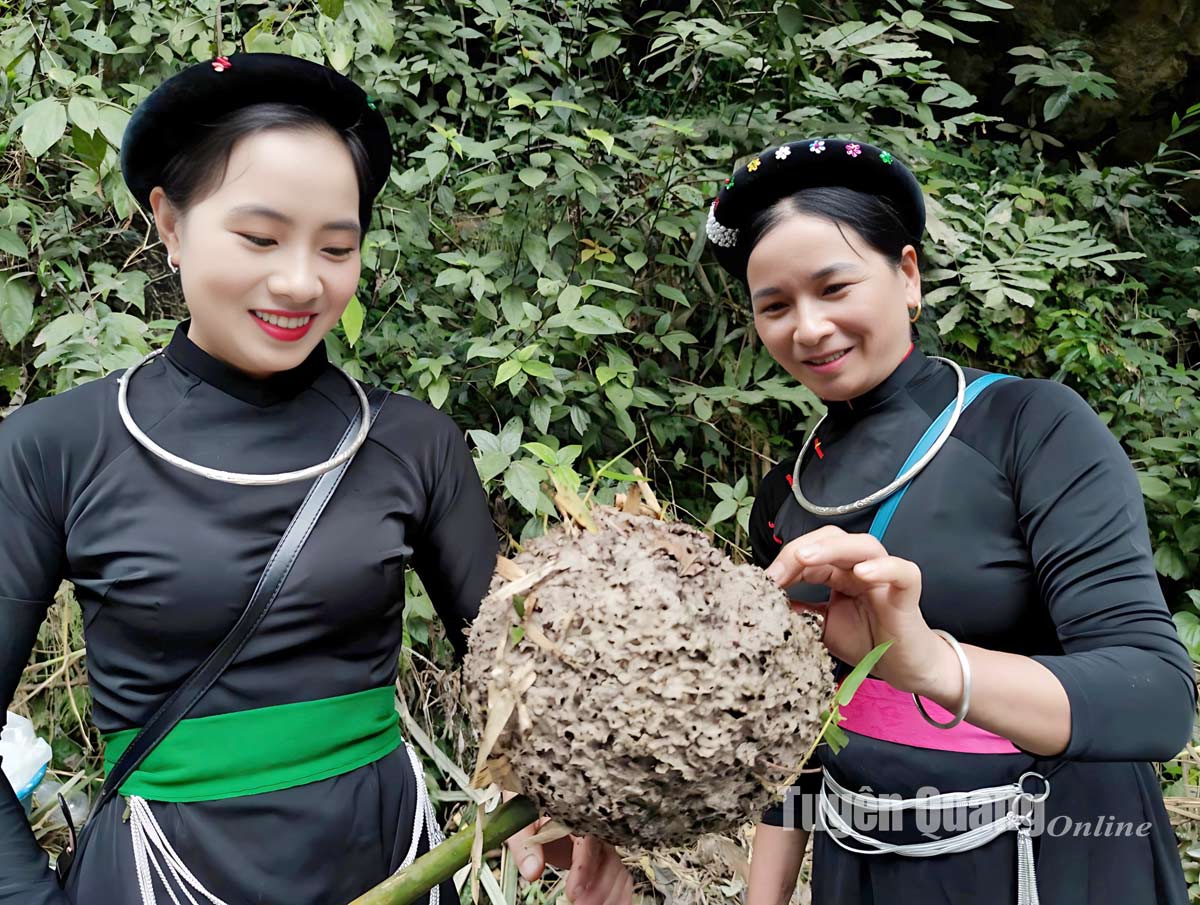
Ms. Chau Thi Tieu (right), Ban Thang village, Phuc Yen commune (Lam Binh) checks the quality of ant nests that have just been harvested.
Making ant egg cakes is not only a unique cultural feature of the Tay people but also a way for them to express their deep gratitude to their ancestors. The cakes are placed on the altar, becoming a symbol of gratitude and family bond, a sincere thank you for the efforts and contributions that ancestors have made to the family.
Highland specialties
Sticky rice cake with ant eggs (also known as Peng lang lay) is a dish imbued with the identity of the Tay people. This dish is made from upland sticky rice and ant eggs (ant larvae), creating a unique and attractive flavor. Not only that, the meticulousness in the harvesting and processing process also contributes to the special appeal of this cake. Ant eggs are collected from ant nests in the forest, requiring the collector to be patient and skillful. After that, they are processed with fragrant upland sticky rice, creating delicious sticky rice cakes with ant eggs.
Ms. Tieu peeled each leaf to wrap the cake while telling about the process of making ant egg cake: The sticky rice flour is kneaded until soft, then rolled out thinly and the ant egg filling is placed in the middle, wrapped into square cakes. The cake is wrapped in a layer of ngoa leaves, then steamed for about 60 minutes. Each cake is usually wrapped in 2-3 layers of leaves, with the soft young leaves inside being edible, giving it a distinctive flavor, while the outer layer of leaves is chosen from older leaves to keep the shape of the cake when steamed, without breaking.
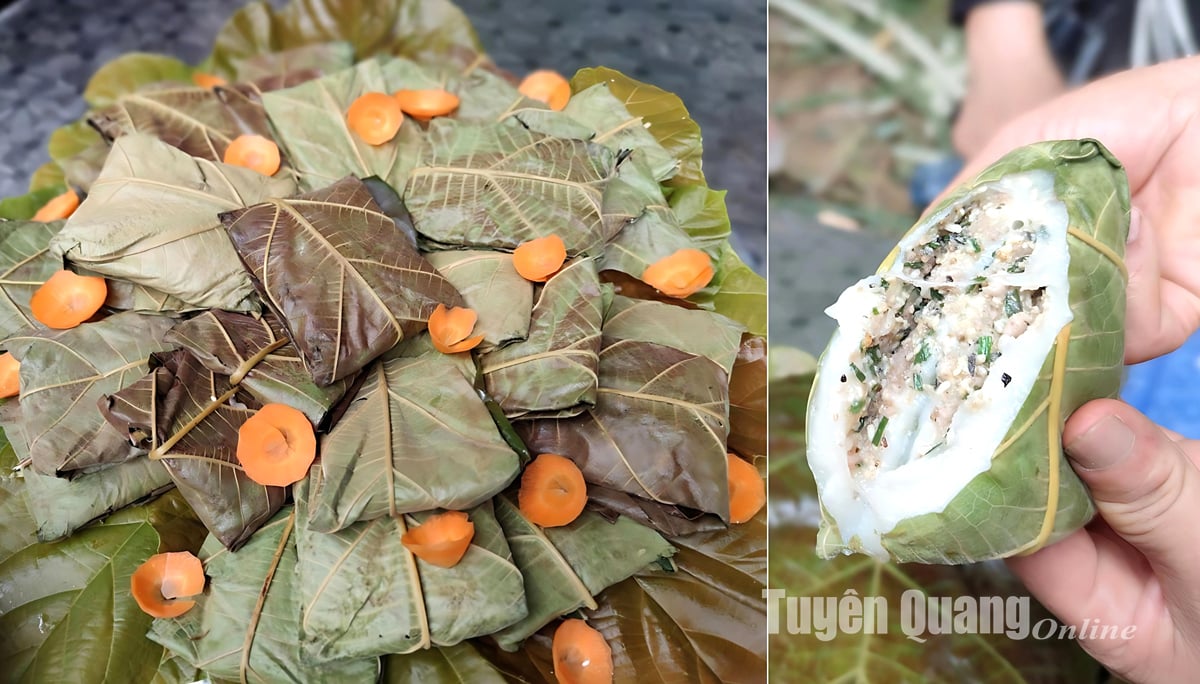
The delicious square ant egg cakes are a unique dish of the highland people.
Initially, Ms. Tieu made ant egg cakes for her family, but the praise from friends and relatives for the delicious and unique flavor encouraged her to expand production to supply tourists during the festival. Many tourists after enjoying the cakes called to order, motivating her to develop the ant egg cake business into a typical product of the region.
Thanks to the development of the ant egg cake business, Ms. Tieu's family has an additional source of income to help improve their lives, support their children's education, and contribute to preserving and promoting the unique culinary culture of the Tay ethnic group.
According to TQDT
Source: http://dulichtuyenquang.gov.vn/DetailView/50948/31/26/Banh-trung-kien---hat-ngoc-cua-nui-rung.html

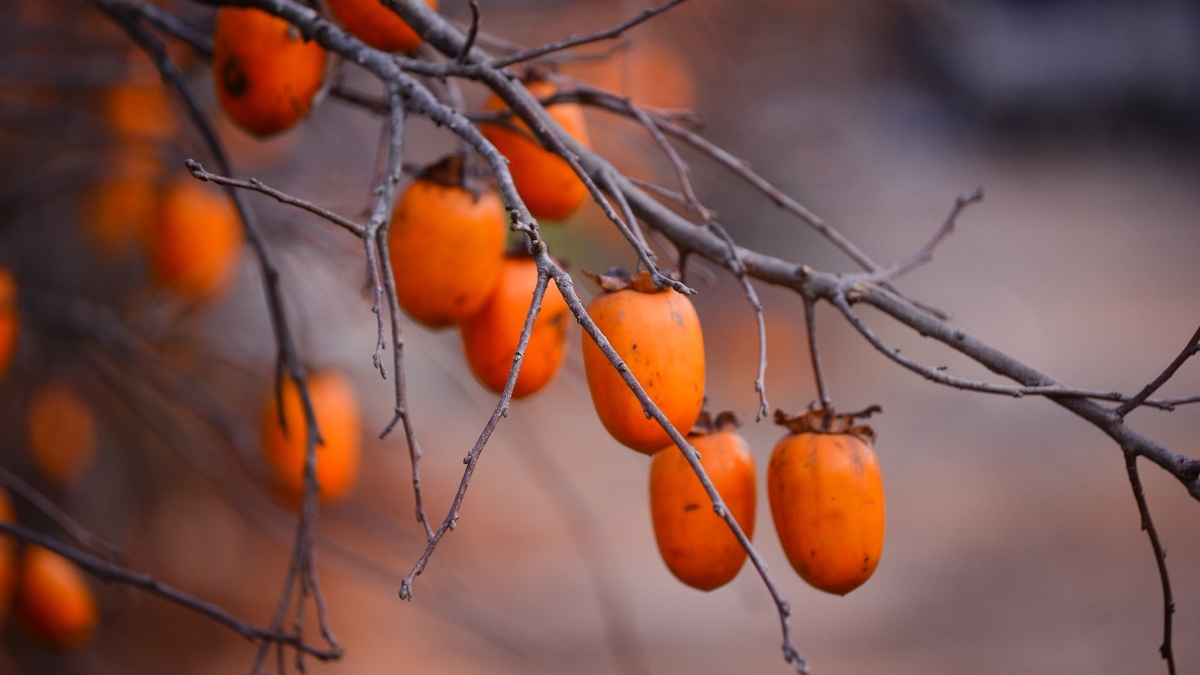





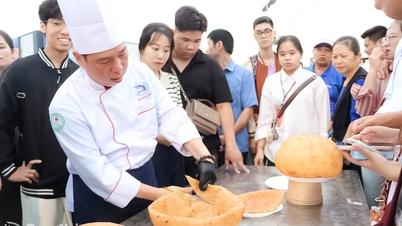

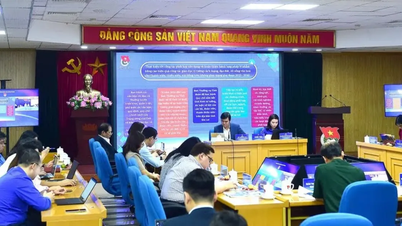

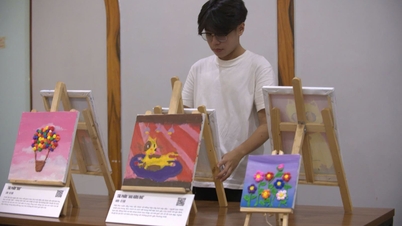

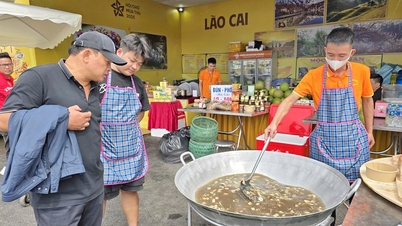

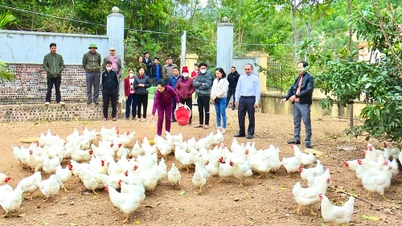

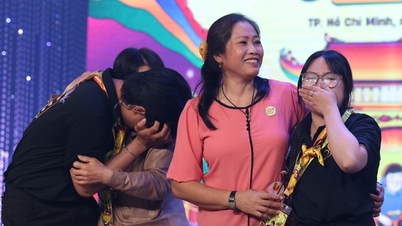

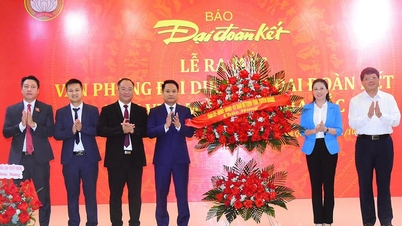

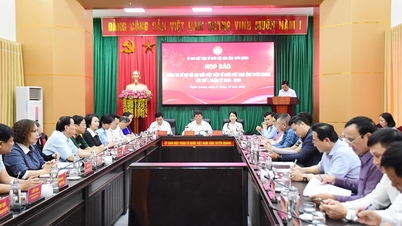
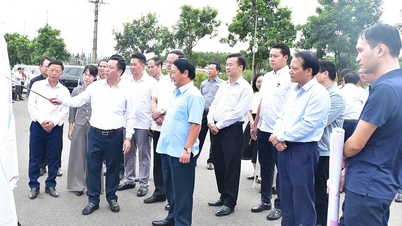
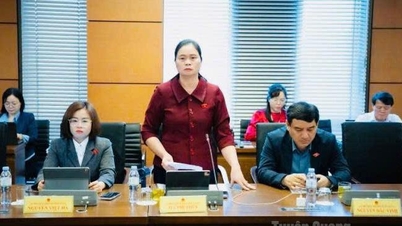
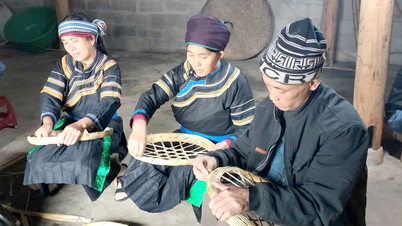
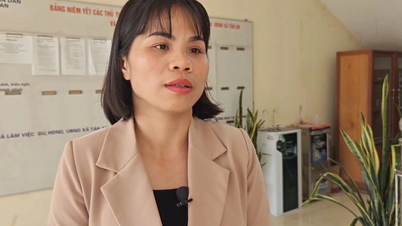




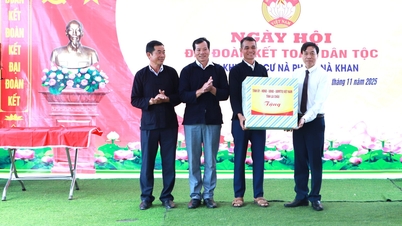


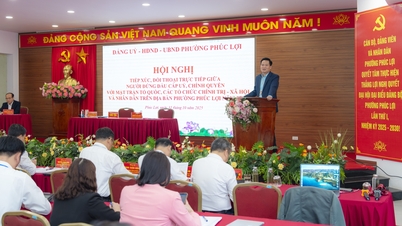
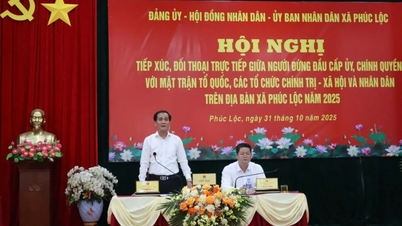
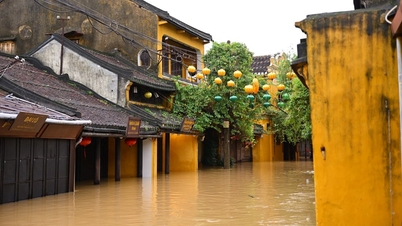
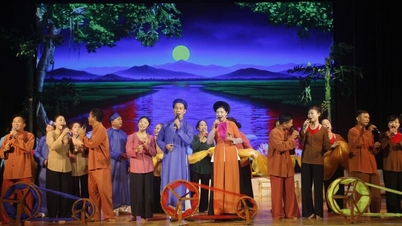

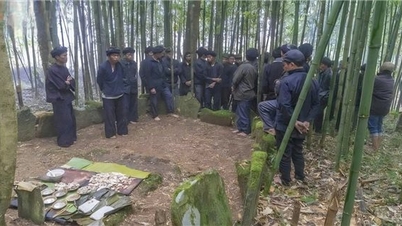





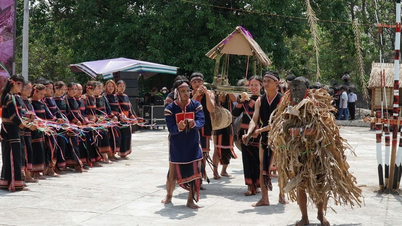


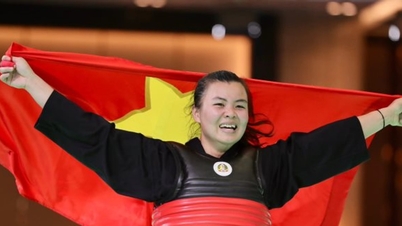

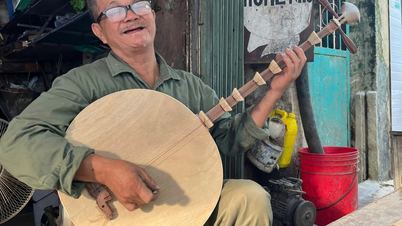




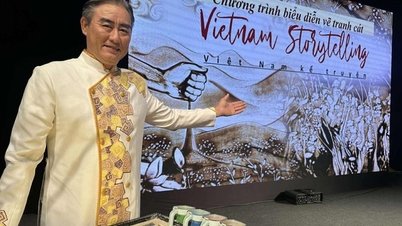
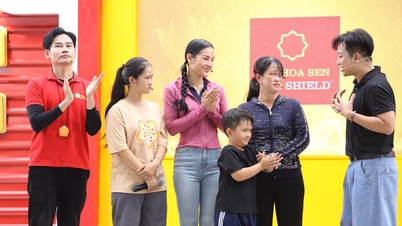
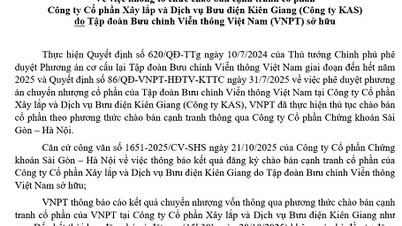

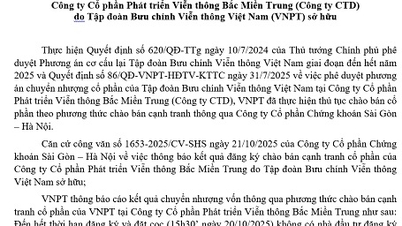
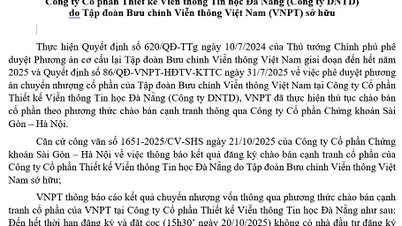
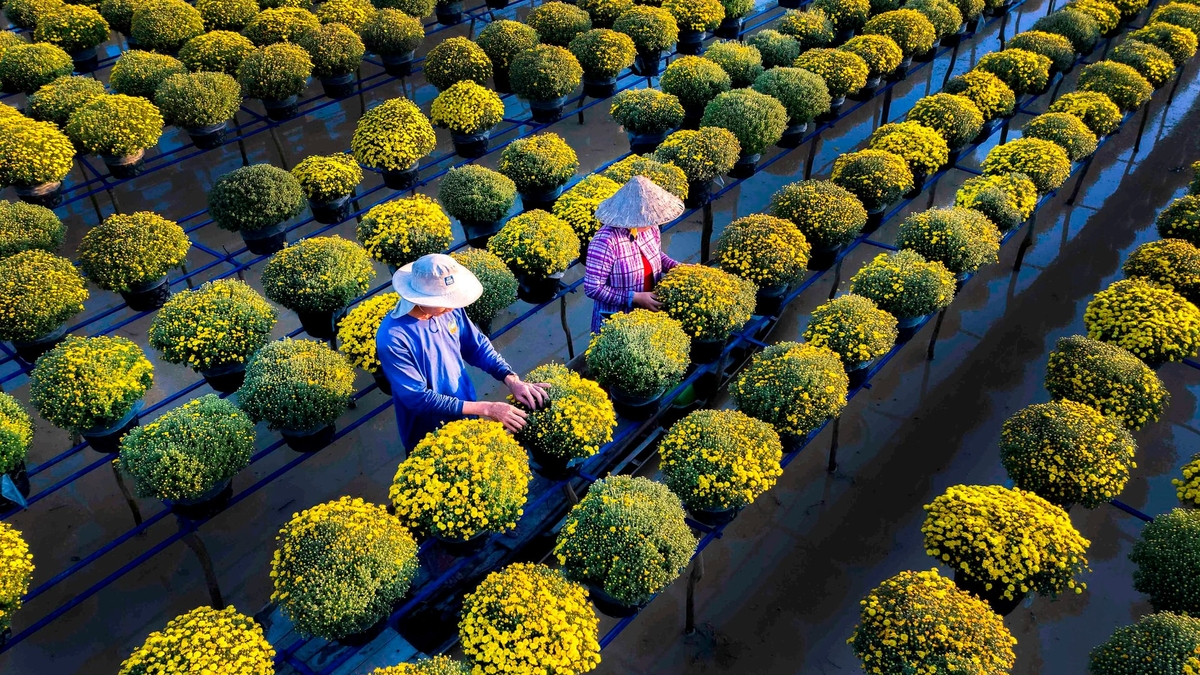









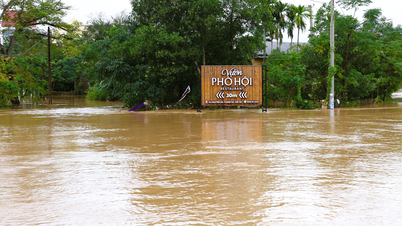
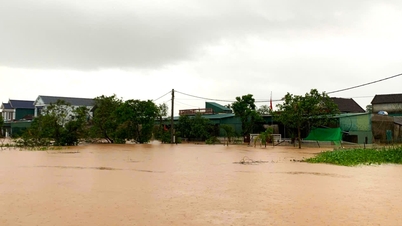


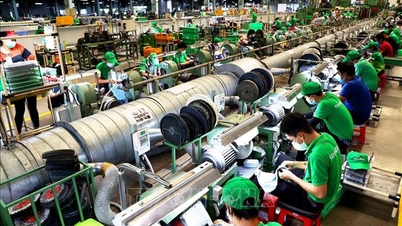
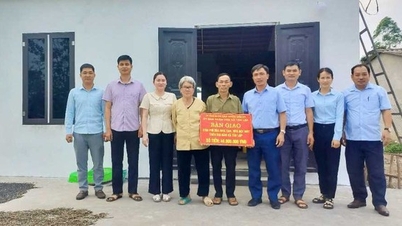
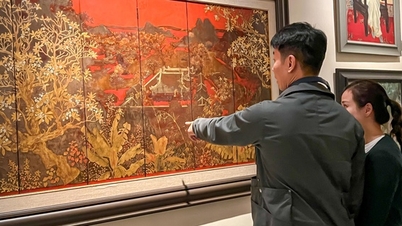






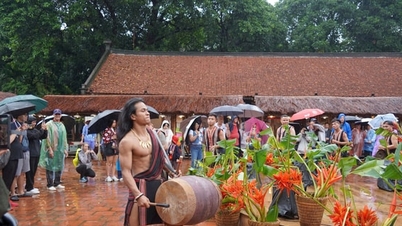

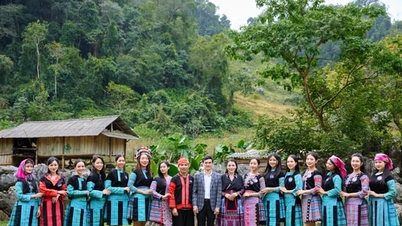

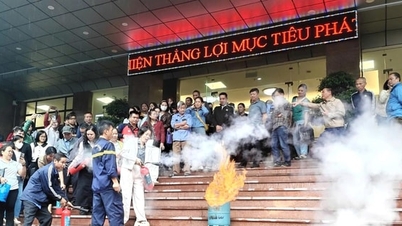
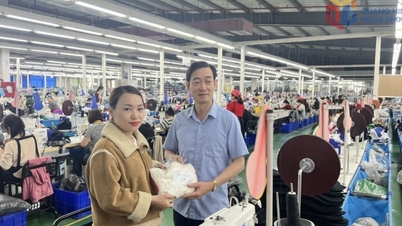

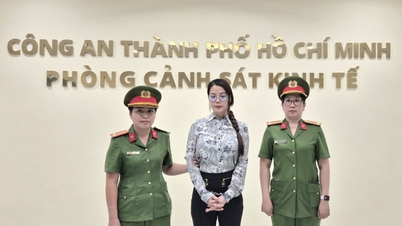















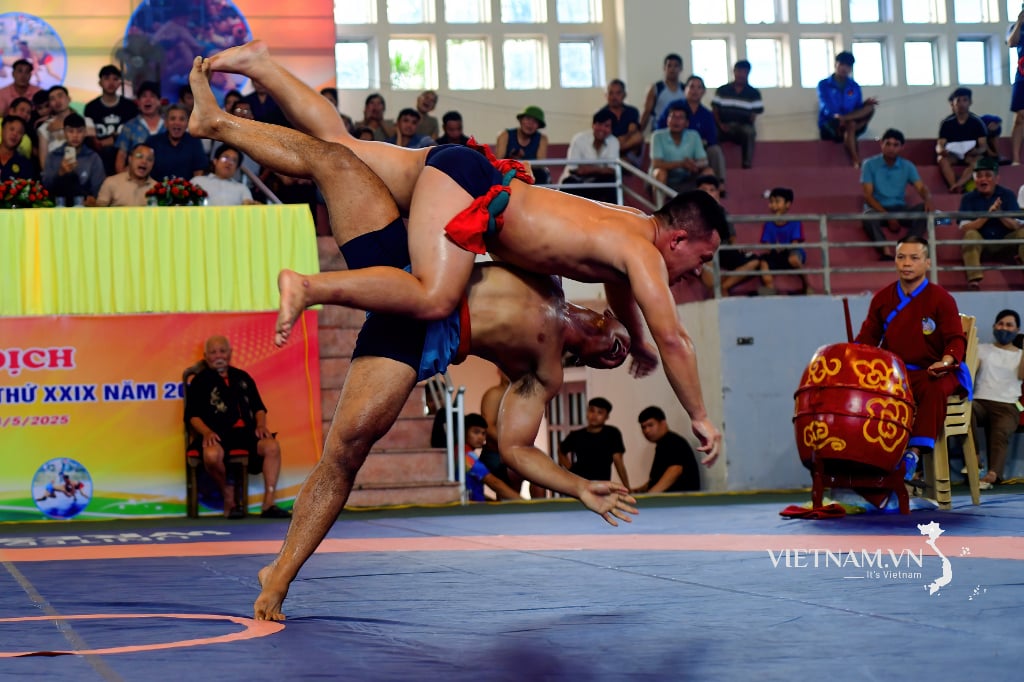
Comment (0)